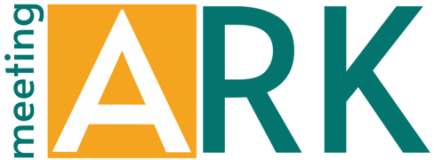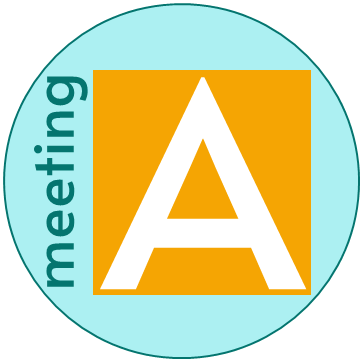A Model for Meetings

We have attempted to build a model for effective meetings. This model is built around a cyclical process –after all many meetings are part of a sequence, as shown in the graphic below. In all we have 7 topics which reflect the meeting process.
We have used this model as the framework of the MeetingArk website. So, you will find that there are dedicated discussion groups for each of these topics – we hope you will contribute to some or all of these discussions. We have also grouped your FAQs about meetings (along with answers that we hope are useful!) into these 7 topic areas.

So what do these topics include?
Arranging a Meeting covers the logistics: getting the right attendees, coordinating diaries, booking a venue/media and issuing invitations. It also deals with the important questions of the purpose of the meeting and indeed, is this meeting really necessary?
Commencing a Meeting includes the rather humdrum aspects of registration, agendas, introductions and setting expectations, but also includes a bit of fun in the form of ice-breakers.
Then we get into the nitty gritty of Participating in a Meeting. We know this can make some people anxious, so we look at how to make effective contributions, intervene appropriately, make a presentation, take notes and much more.
Closing a Meeting is much more than leaving and saying goodbye. It is important to summarise points of agreement, ensure everyone has a common understanding, determine what happens next and, of course, circulate any notes or minutes. There may also be useful networking opportunities.
One area often neglected, but vital for effective meetings, is Meeting Feedback and Follow-up. Holding even a brief review – and acting upon it – can improve future meetings significantly. Other topics considered here include briefing non-attendees and following up agreed action points.
Central to all of this process is Meeting Etiquette. By this we don’t just mean courtesy and respect, but also attire, timekeeping, how to use humour, and how to interact when there may be different cultures, different levels of experience or seniority, or just people with different expectations attending your meeting.
Our wrap-around topic is Running a Meeting, which interacts with all the above. Chairing a meeting is an important skill, but it’s one that can be learned. As are skills for keeping a meeting on time and on track (even if you’re not in the chair). Here we also consider role assignment, managing interpersonal conflict, reaching agreement and dealing with disagreement. Who said all meetings would be harmonious?
We hope you find this model for meetings useful and that this framework makes our discussion groups and FAQs easier to navigate.




Leave a Reply